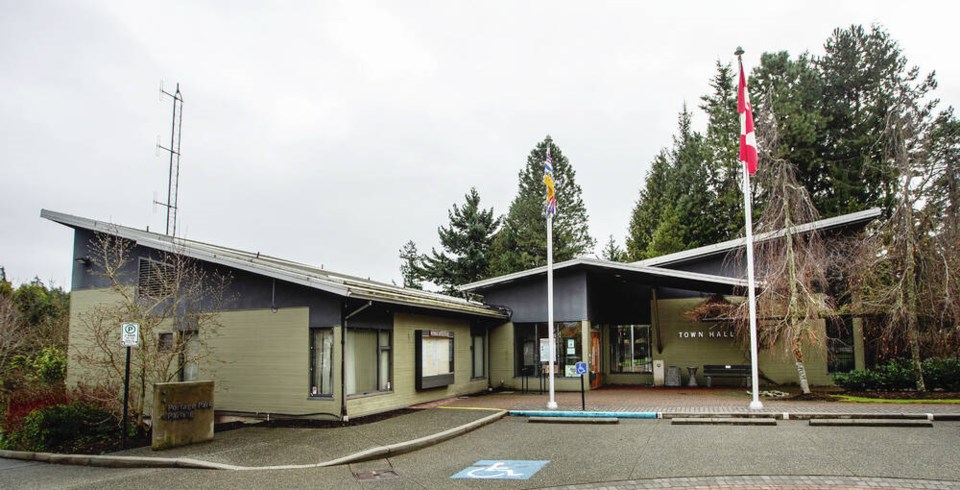View Royal is following Victoria, Saanich and Nanaimo as early adopters of the province’s Zero Carbon Step Code, mandating that all new buildings in the town use electricity as a primary source for heating.
That means a ban on natural gas as the primary heat source in any new construction within the town of about 10,000.
Council adopted Level 4 of the code in a meeting in mid-July, joining the growing number of municipalities embracing measures to cut greenhouse-gas emissions ahead of the province’s 2030 target. Central Saanich is also discussing dates for builders to adhere to the new code.
View Royal council’s decision means anyone building a new single-family home, townhouse or multiplex will be expected to meet the new building requirements on Nov. 1. The deadline for buildings of six storeys or fewer is July 1, 2024, while commercial buildings and anything over six storeys must meet the code by Nov. 1, 2024.
View Royal Mayor Sid Tobias said council was united in its decision to help the fight against climate change. He said even a small community like View Royal has a role to play in cutting emissions.
“We are doing this, following the lead of others in our region, because it’s hard to watch the province burn down right now,” said Tobias. “We’re trying to find the right balance by doing what we can to reduce emissions that are leading to drastic changes in our climate.”
View Royal councillors set the targets without consultation with builders, agreeing much of the groundwork with the development community has already been done with Victoria and Saanich councils.
View Royal staff said buildings are the second-largest source of CO2 emissions in the community, behind vehicles.
Tobias said the decision that essentially bans natural gas as a primary heat source in new builds won’t be applicable to existing homes using natural gas or any retrofits and remodelling on those buildings.
The decision drew a strong response from FortisBC, the province’s main natural gas supplier.
Jason Wolfe, director of energy solutions at FortisBC, said the town’s decision cuts off homes and businesses from access to low-carbon energy options, such as renewable natural gas and hydrogen in the future.
“It will also reduce affordability during a time when British Columbians are feeling the impacts of increased cost of living,” Wolfe said in a statement. “It is especially unfortunate that this decision was made without any significant community engagement or consultation, affording no opportunity for discussion on a policy that will severely limit energy options for families and businesses.”
Wolfe said communities need every option available in the fight against climate change, including renewable and low-carbon gases.
Tobias said builders with development permit approvals won’t have to alter plans, and those with significant planning underway and not quite through a development permit might have some flexibility.
Chris Bowen, manager of Pioneer Fireplace in Nanaimo, said while the ban in his city doesn’t target fireplaces because they’re not primary heating, “in practical effect, it works like a ban.”
“No one will put in a gas fireplace if they can’t get a gas line to their house,” he said.
FortisBC uses an “economic test” to determine the cost of a gas line. If someone doesn’t have a gas furnace, running a line could cost more. Builders might choose to skip the cost and permitting process if it’s not needed for primary heating.
Bowen said many of his customers on Vancouver Island use their gas fireplaces for heating in emergencies. Power outages during coastal storms are not uncommon, with some lasting several days.
“If your power is out and you’ve got no heat and you can’t cook, it’s a security issue,” he said.
— with files from the Vancouver Sun



